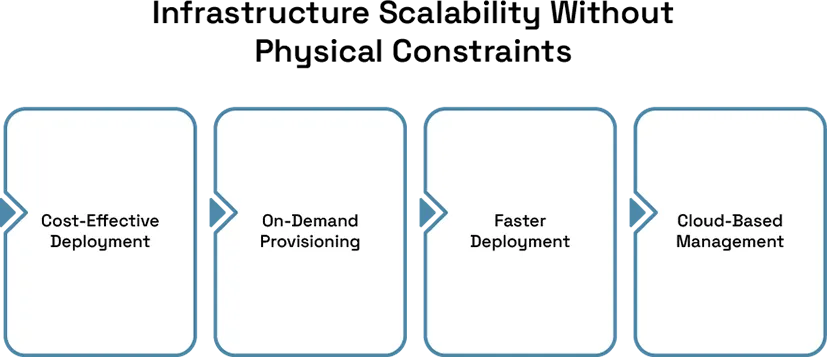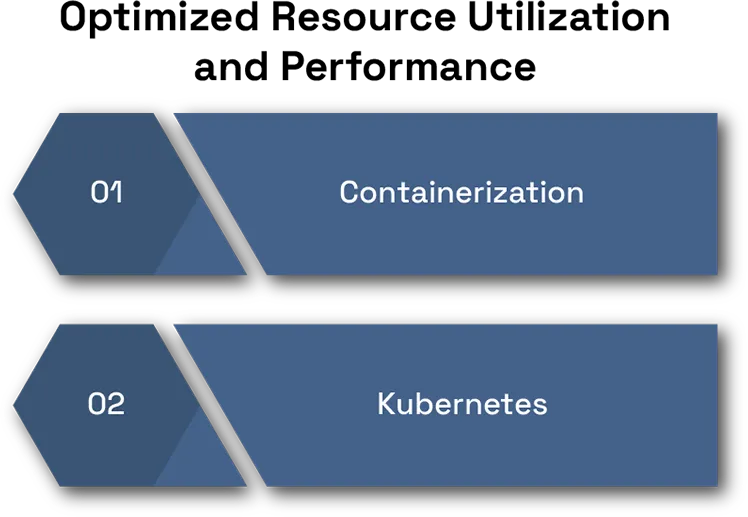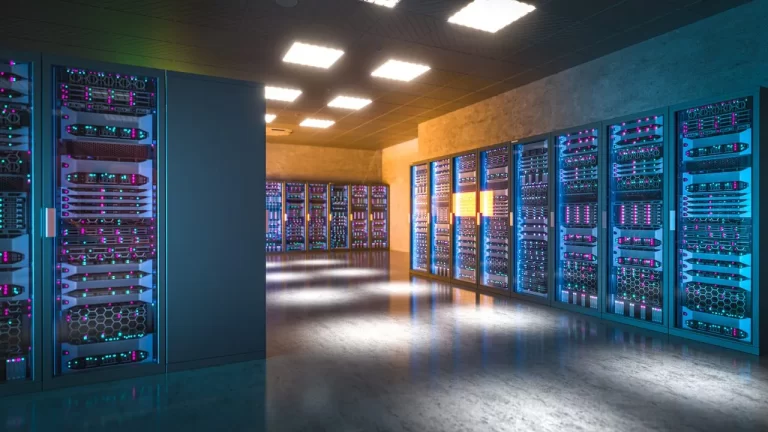The existing data center setup is not enough to cope with such advancements as smart devices, IoT, and real-time data facilities. Nevertheless, centralized computing has certain drawbacks that make it unable to meet today’s applications’ low-latency, high-speed requirements. This is where edge computing comes in—to enable the computation closer to the source of data. However, edge computing needs a versatile and scalable backend, and this is the area in which VDCs are launched.
A virtual data center is the equivalent of the old-world data center, but it is built to function in the cloud computing space. VDCs combined with edge computing help the latter get the flexibility and net infrastructure it needs to sustain decentralized settings. Here, five critical approaches of VDCs towards promoting the advancement of edge computing are discussed.
Infrastructure Scalability Without Physical Constraints
One of the defining characteristics of Virtual data centers is that a company does not require dedicated hardware onsite; as such, deploying edge nodes is faster and cheaper. Through this model of virtualization, it becomes possible to have compute and storage capacity almost anywhere, from a smart factory to a retail store to a field for agricultural practice, and all this without you having to invest in physical infrastructures for data centers.
This is a matter of importance, especially as operations on the edges are extended across geographically diverse setups. Resources can be provisioned and de-provisioned either based on the requirement, seasonal needs, or due to the growth of the business; all this is facilitated by software-defined tools. It transforms edge deployment from being purely a deployment issue back to a fully controlled cloud issue.

Centralized Management With Distributed Execution
To some extent, one of the main challenges that has arisen with the help of the edge computing concept is to maintain a network of node devices. This is made easier by VDCs, whereby there is a centralized management platform that enables IT to manage the workloads across all the edges from a central place.
This not only explains the reduction of complexity but also the standardization of policymaking, security, and other compliance-related matters. Application updates, patches, and other releases can be run remotely, which means edge infrastructure is as manageable as VMs deployed in the public cloud.
Optimized Resource Utilization and Performance
With VDCs, the resources in the periphery can be made available as needed because they are fully programmable at runtime. Regardless of whether it is analyzing data from various sensors in smart city applications or running analytics in a retail store, VDCs make provisions to guarantee that whatever is on offer is not too scarce or overloaded with work.
Another critical factor of performance optimization is the usage of virtualization techniques such as containerization, including container orchestration, the latter being simply represented by Kubernetes to allow for quick and efficient deployment of applications. These technologies reduce costs, shorten the time required to complete the process, and enable the most efficient use of a fixed amount of compute at the edges.

Resilience, Redundancy, and Disaster Recovery
There is, however, often insufficient physical infrastructure, as well as computing and network resources, in edge computing environments. This increases its reliability since tasks and data are distributed among several VDCs, and cloud duplication and backup systems are used.
When a particular edge location fails, the users have an option of easily transferring the workloads to other virtual nodes as a measure of recovery in the event of failure. This redundancy guarantees the consistent provision of necessary services for healthcare facilities, finance, or industrial organizations, where any data loss or interruption is time-consuming and at times hazardous.
Security and Compliance at the Edge
Going by the definition above, it is easy to see that security at the edge is difficult because the environment is distributed and possibly geographically distant. Virtual data centers provide significantly enhanced security, also in terms of physical security solutions: encryption, access control mechanisms, intrusion detection, and compliance check and balance mechanisms are applied at the edge of the network.
By doing so, VDCs allow regular implementation of policies that should be enforced on the edges of an organization’s networks. They are able to monitor data and its transfer, regulate it, and even log it for the edge-computing-initiated tasks. This is particularly crucial for business sectors dealing with enormous volumes of information, such as the health, government, and financial sectors.
The Future of Edge Lies in Virtualization
Going by the definition above, it is easy to see that security at the edge is difficult because the environment is distributed and possibly geographically distant. Virtual data centers provide significantly enhanced security, also in terms of physical security solutions: encryption, access control mechanisms, intrusion detection, and compliance check and balance mechanisms are applied at the edge of the network.
By doing so, VDCs allow regular implementation of policies that should be enforced on the edges of an organization’s networks. They are able to monitor data and its transfer, regulate it, and even log it for the edge-computing-initiated tasks. This is particularly crucial for business sectors dealing with enormous volumes of information, such as the health, government, and financial sectors.








